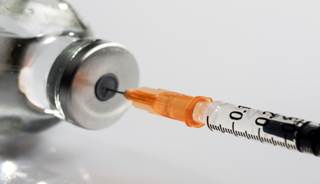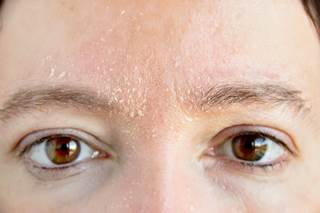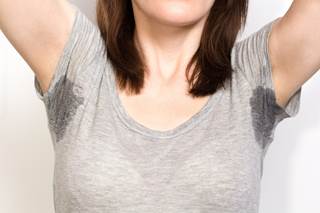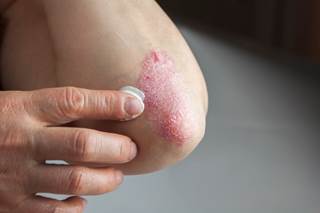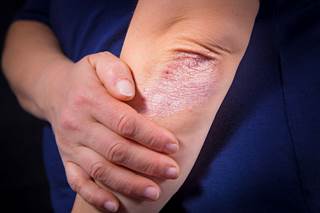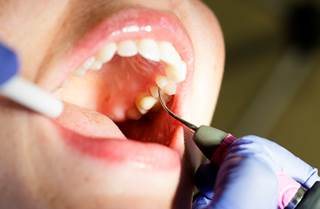
Researchers conducted a post hoc analysis of 2 identical multicenter, randomized, double-blind, vehicle-controlled phase 3 clinical studies in moderate to severe acne.
A novel tretinoin 0.05% lotion formulation is an effective, safe, and well-tolerated topical treatment for moderate to severe comedonal and inflammatory acne in a population of Hispanic patients, with no reports of the product causing or exacerbating postinflammatory hyperpigmentation. Results of the post hoc analysis were published in the Journal of Drugs in Dermatology.
The novel tretinoin formulation evaluated in this analysis was developed with the use of a novel polymerized emulsion technology to provide a treatment option for Hispanic patients with acne who may be sensitive to some of the skin irritation, dryness, and pigmentary changes associated with the use of other tretinoin products. A total of 766 Hispanic participants 11 to 50 years old were randomly assigned in a 1:1 ratio to receive tretinoin 0.05% lotion or vehicle, applied once daily for 12 weeks.
Efficacy assessments included changes in baseline inflammatory and noninflammatory lesions, as well as treatment success, which was defined as a ≥2-grade reduction from baseline in Evaluator’s Global Severity Score and “clear” or “almost clear.” Adverse events (AEs), safety, and cutaneous tolerability were all evaluated with the use of a 4-point scale (0=none and 3=severe).
At week 12, the mean percentage changes from baseline in inflammatory and noninflammatory lesion counts were 60.1% and 53.0%, respectively, with tretinoin 0.05% lotion compared with 51.1% (P =.001) and 38.7% (P <.001) with vehicle, respectively. These reductions demonstrated statistical significance. Treatment success was attained among 19.6% of participants by week 12 compared with 12.7% of vehicle-treated patients (P =.015).
The majority of AEs were mild and transient in nature. Overall, 4 serious AEs were reported (2 in each treatment group), but none of the AEs was related to the treatment. Moreover, the incidence of treatment-related AEs was lower with tretinoin 0.05% lotion compared with that in the overall study population. The most commonly reported treatment-related AEs included application-site pain (2.0%), dryness (1.4%), and erythema (1.2%). Local cutaneous safety and tolerability evaluations, which were mostly mild to moderate at baseline, improved at week 12. Slight transient increases in burning and scaling were observed over the first 4 weeks. The severity of hyperpigmentation was reduced progressively with treatment.
The investigators concluded that the novel tretinoin 0.05% lotion used in this study was effective, safe, and well tolerated by the participants. A longer-term study is warranted to provide additional insight into postinflammatory hyperpigmentation severity associated with this treatment in a Hispanic population.
Reference
Cook-Bolden FE, Weinkle SH, Guenin E, Bhatt V. Novel tretinoin 0.05% lotion for once-daily treatment of moderate-to-severe acne vulgaris in a Hispanic population. J Drugs Dermatol. 2019;18(1):32-38.
